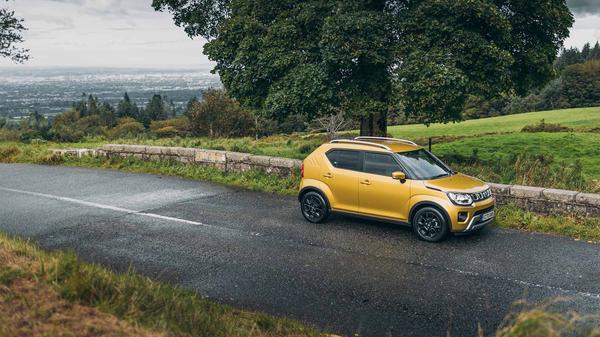Suzuki Ignis Hatchback (2020 - ) review
With its mini-SUV looks the Suzuki Ignis is certainly distinctive and the sense of fun extends to its driving manners, though it’s undeniably slow and the price is no longer as appealing as it was
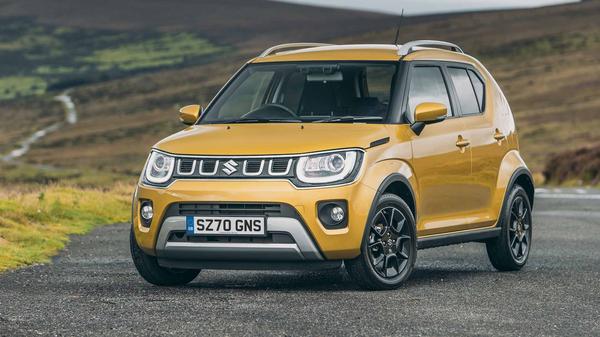

Words by: Pete Tullin

Additional words by: Dan Trent
Last updated on 23 November 2020 | 0 min read
The Auto Trader expert verdict:
Available new from £17,949
Suzuki pitches the Ignis as a miniature SUV, which it backs up by offering an all-wheel drive version under the brand’s Allgrip branding at the top of the range. As such it can function as a fun runabout for city and country dwellers alike, a facelift for the 2020 model year introducing an improved engine with ‘mild’ hybrid assistance to improve efficiency and CO2 numbers. An automatic gearbox option on two-wheel drive versions is another noteworthy feature for a car of this size. What the Ignis lacks in space, refinement and squishy plastics it makes up for in charm and charisma, though it’s worth pointing out only the higher-spec versions get the safety gear we’d consider essential in this day and age.
Reasons to buy:
- Funky styling
- Cheap to buy and economical to run
- Tardis-like interior space

Running costs for a Suzuki Ignis

Reliability of a Suzuki Ignis
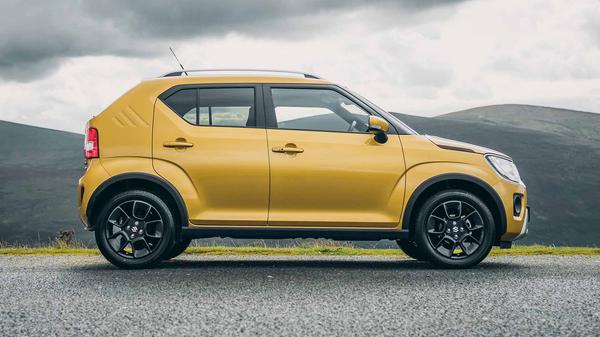
Safety for a Suzuki Ignis
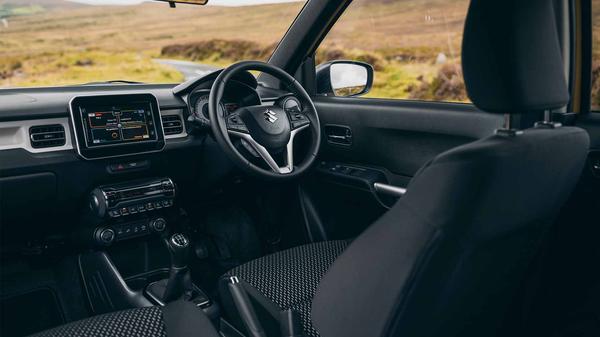
How comfortable is the Suzuki Ignis
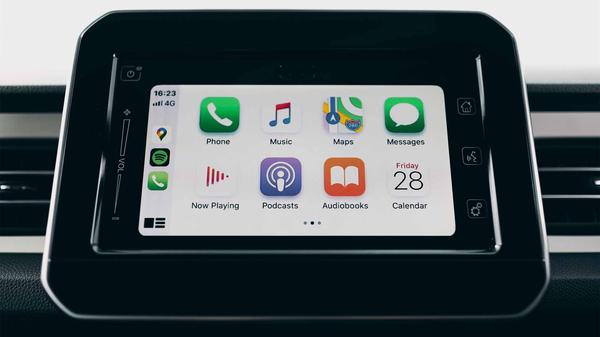
Features of the Suzuki Ignis
